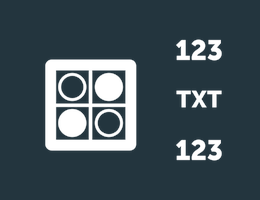License
Oops! We could not process your request!
- Popular
-
Evaluation
- All categories
- Advanced Workflow
- Anomaly Detection
- Association Discovery
- Basic Workflow
- Boosting
- Classification
- Classification/Regression
- Cluster Analysis
- Correlations
- Data Transformation
- Feature Engineering
- Feature Extraction
- Feature Selection
- Hyperparameter Optimization
- Miscellaneous
- Model Selection
- Prediction and Scoring
- Regression
- Stacking
- Statistical Test
NO SCRIPTS
View more Scripts
Generate Threshold Matrix
czuriaga
The script receives 9 arguments:
-
evaluation: User evaluation to inspect
-
class-name: Name of the positive class, or the class to inspect
-
cost-FP: False positive cost
-
cost-FN: False negative cost
-
cost-TP: True positive cost
-
cost-TN: True negative cost
-
benefit-TP: True positive benefit
-
perc-retention: Percentage (0-1) of retention in TPs
-
dataset-name: Name of the resources (Source inline and Dataset)
And returns as output a dataset-id which header is: "Threshold,TP,FP,TN,FN,Cost_Fx,Cost_Benefits"
Evaluation
Confusion Matrix
Threshold
2.3 KB
- 64
Sending Request...
Sending Request...


